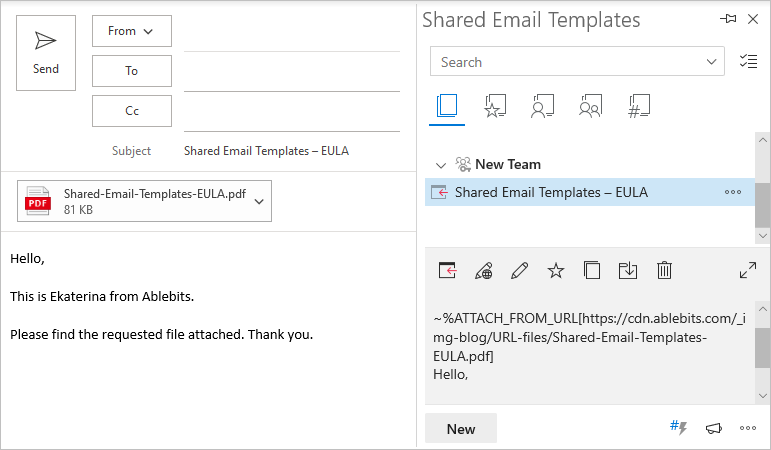

Then select Done to exit the designer.Īfter the Excel add-in reads entity data into the workbook, you can update the data at any time by selecting Refresh in the Excel add-in. Alternatively, double-click the field in the Available fields list.Īfter you've finished adding fields to the Selected fields list, make sure that the cursor is in the correct place in the worksheet (for example, cell A1), and then select Done.

To add a field from the Available fields list to the Selected fields list, select the field, and then select Add. Select an entity in the list, such as Customer - Customers, and then select Next. The entities are listed in "Name - Label" format. The Excel add-in retrieves entity metadata. For more information on addressing this issue, see the Load applets troubleshooting entry. If the Excel add-in has a Load applets link, you likely aren't signed in as the correct user. The Excel add-in is restarted and loads metadata.

Select OK, and then select Yes to confirm the change. The resulting URL should have only the host name.įor example, if the URL is mi=CustTableListPage, delete everything except. In your browser, copy the URL of your target finance and operations app instance, paste it into the Server URL field, and then delete everything after the host name. Select Add server information to open the Options pane. The Excel add-in runs in a pane on the right side of the Excel window. If you're running the Excel add-in for the first time, select Trust this Add-in to enable the Excel add-in to run. In the Office Store, search on the keyword Dynamics, and then select Add next to Microsoft Dynamics Office Add-in (the Excel add-in). In Excel, on the Insert tab, in the Add-ins group, select Store to open the Office Store. Open entity data in Excel when you start from Excel Note that there will be no data in the workbook until the Excel add-in reads it in. The Excel add-in automatically reads the data for the entity that you selected. To ensure that sign-in was successful, verify the user name in the upper-right corner of the Excel add-in. (For information about the browser that is used based on the operating system, see Browsers used by Office add-ins. The Excel add-in will use a previous sign-in context from the browser and automatically sign you in, if it can. If you're prompted to sign in, select Sign in, and then sign in by using the same credentials that you used to sign in to the finance and operations app. If you're running the Excel add-in for the first time, select Trust this Add-in. In Excel, select Enable editing to enable the Excel add-in to run. This workbook has binding information for the entity, a pointer to your environment, and a pointer to the Excel add-in. Select an Open in Excel option, and open the workbook that is generated.

Open in Excel options can be found on frequently used pages, such as All vendors and All customers. If the root data source (table) for the page is the same as the root data source for any entities, default Open in Excel options are generated for the page. On a page in a finance and operations app, select Open in Microsoft Office. Open entity data in Excel when you start from a finance and operations app
#Pull data from url into pug template how to#
To learn more about how to use the Excel add-in, watch the short Create an Excel template for header and line patterns video. If your Microsoft Azure Active Directory (Azure AD) tenant is configured to use Active Directory Federation Services (AD FS), you must make sure that the May 2016 update for Office has been applied, so that the Excel add-in can correctly sign you in.


 0 kommentar(er)
0 kommentar(er)
